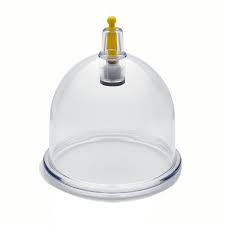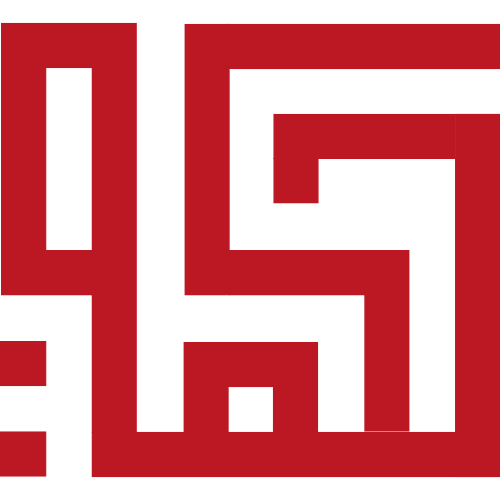There’s something both ancient and deeply spiritual about Hijama — or cupping therapy. It’s not a new wellness trend; it’s a practice that goes back over 1,400 years, rooted in the Sunnah of the Prophet Muhammad ﷺ himself. Yet today, more and more people — Muslims and non-Muslims alike — are rediscovering it as a natural form of healing for the body and the soul.
What is Hijama?
Hijama (Arabic: الحجامة) literally means to draw out bad blood. It’s a therapeutic practice that involves placing cups on specific points of the body to create suction. This suction gently draws the skin upward and stimulates blood flow. In wet cupping — the form specifically recommended in the Sunnah — small, light incisions are made on the skin after suction, and a small amount of stagnant or “toxic” blood is drawn out.
It might sound intense, but the process is actually quite controlled and relaxing when done professionally. Many people describe it as a deep cleanse — not just physically, but mentally and spiritually too.
The Prophetic Connection
The Prophet ﷺ said:
“Indeed the best of remedies you have is cupping (Hijama).”
— Sahih al-Bukhari (5683)
He ﷺ also said:
“I did not pass by an angel on the night journey except that they all said: ‘O Muhammad, order your nation to perform cupping.’”
— Sunan Ibn Majah (3477)
That’s powerful. Every angel the Prophet ﷺ met during the Isra’ and Mi’raj — the heavenly ascent — told him to encourage the Ummah to do Hijama. It wasn’t just for pain relief; it was part of divine wisdom about maintaining balance, health, and purification.
How It Works (and Why It Helps)
From a medical standpoint, Hijama improves circulation, removes stagnation, and supports the lymphatic system. It can help with:
Headaches and migraines
Back or muscle pain
Fatigue and brain fog
Stress and poor sleep
Digestive or hormonal issues
Modern research suggests cupping can reduce inflammation and oxidative stress, stimulate natural healing, and even balance blood pressure. In short — it helps your body reset.
But beyond the science, Hijama also reminds us that healing isn’t just physical. There’s something purifying about the practice itself — a way of literally drawing out what’s weighing you down.
When and How Often Should You Do Hijama?
The Prophet ﷺ recommended certain days in the lunar month — the 17th, 19th, and 21st — and advised avoiding Fridays and extreme weather. For most healthy adults, doing Hijama two to four times a year is enough for maintenance and prevention.
Always make sure you go to a qualified, hygienic, and licensed practitioner — especially when doing wet cupping. A clean environment, sterilized tools, and a calm approach are essential for safety and benefit.
Healing with Intention
One of the most powerful parts of Hijama isn’t the cup or the suction — it’s the niyyah (intention). When you seek healing through a Sunnah method with the belief that shifā’ (cure) comes from Allah alone, you align your body and your heart in the same act of worship.
Hijama is not magic, but it’s a gift — a Prophetic form of medicine that reminds us that true healing is both physical and spiritual.
So next time your body feels heavy or your heart feels foggy, maybe the answer isn’t just rest — maybe it’s time to revive a Sunnah.

Hijama (Cupping Therapy) — an ancient Islamic and Prophetic healing practice that promotes detoxification, improves circulation, and restores balance through traditional therapeutic methods.
